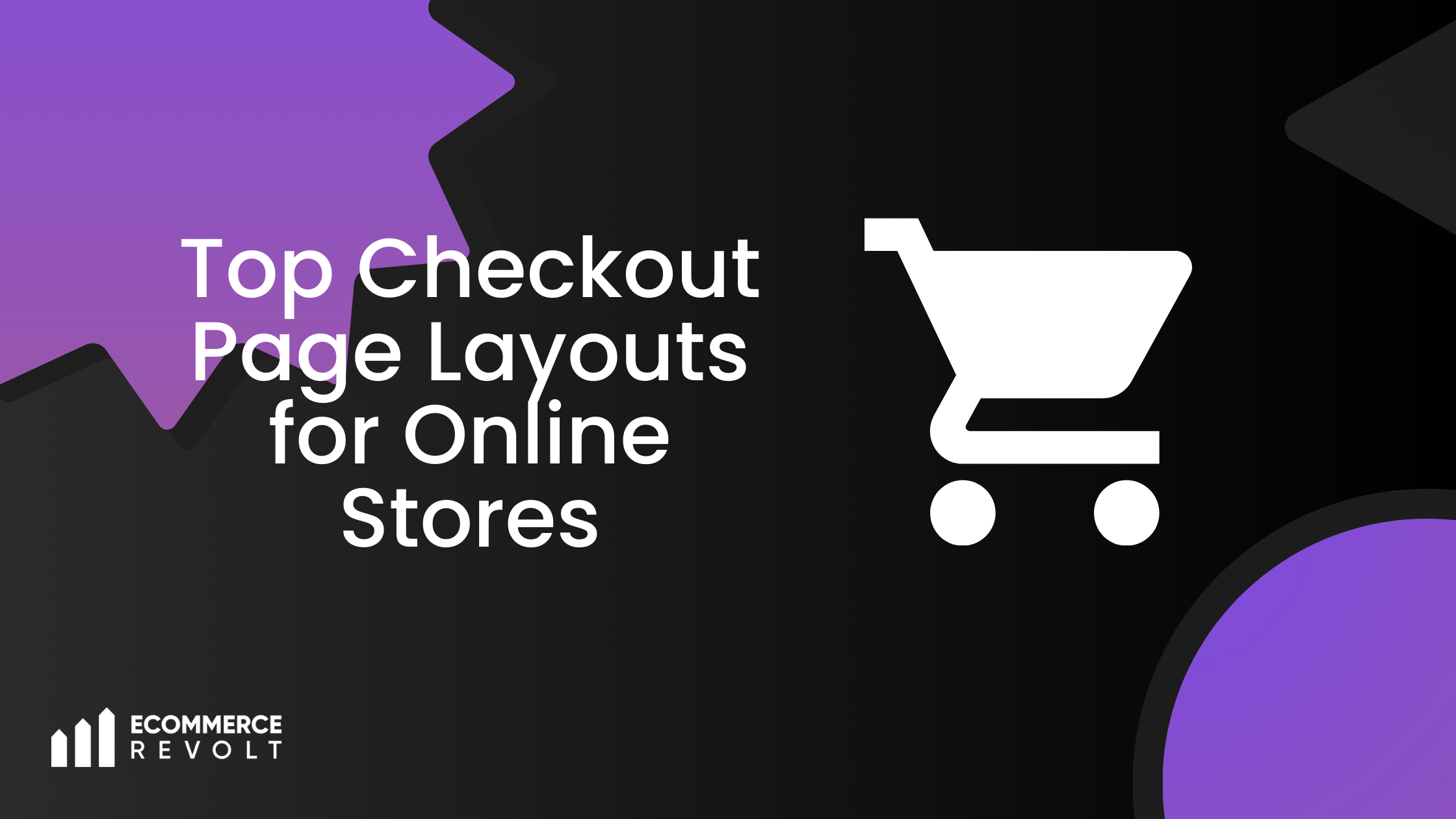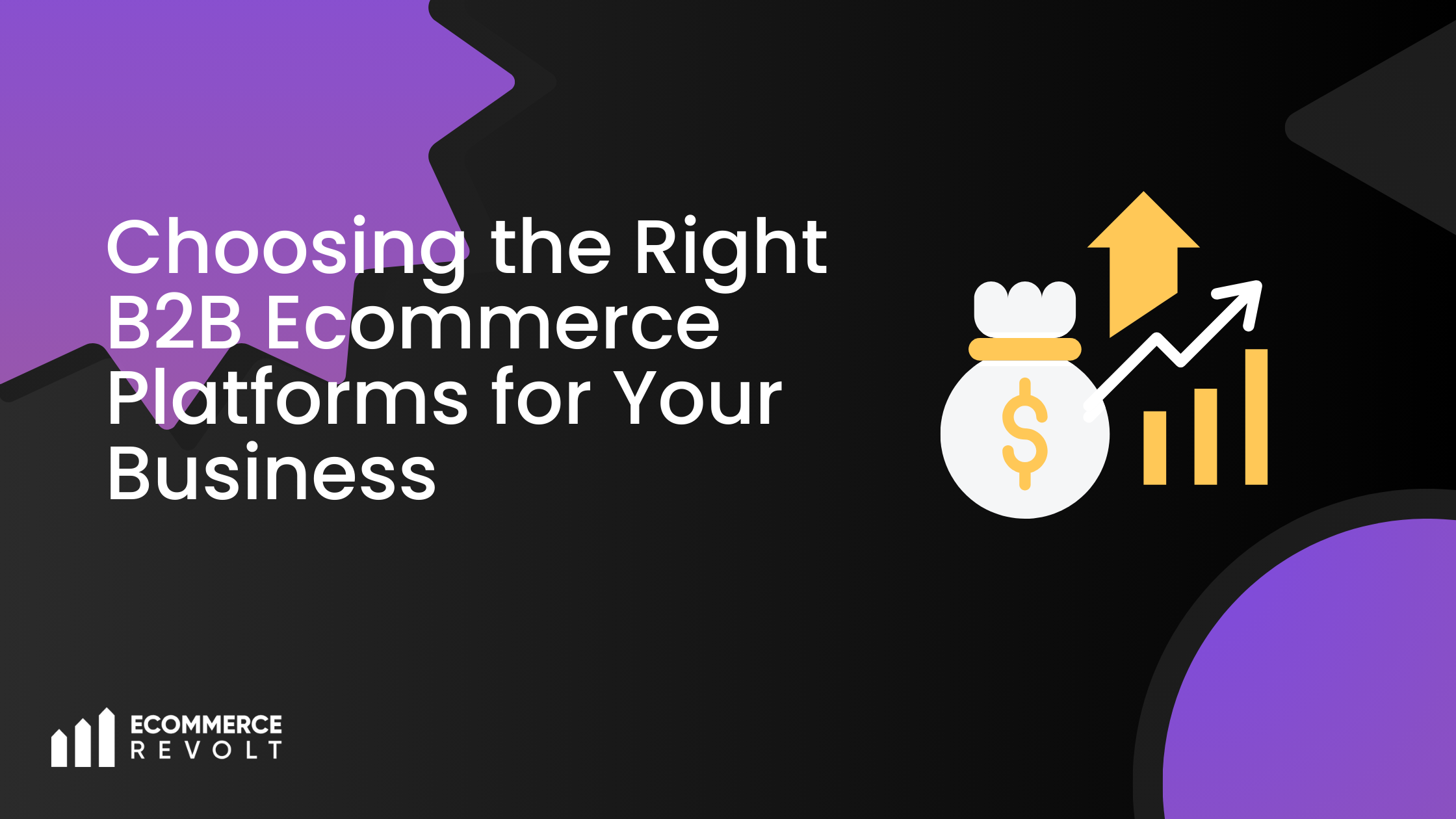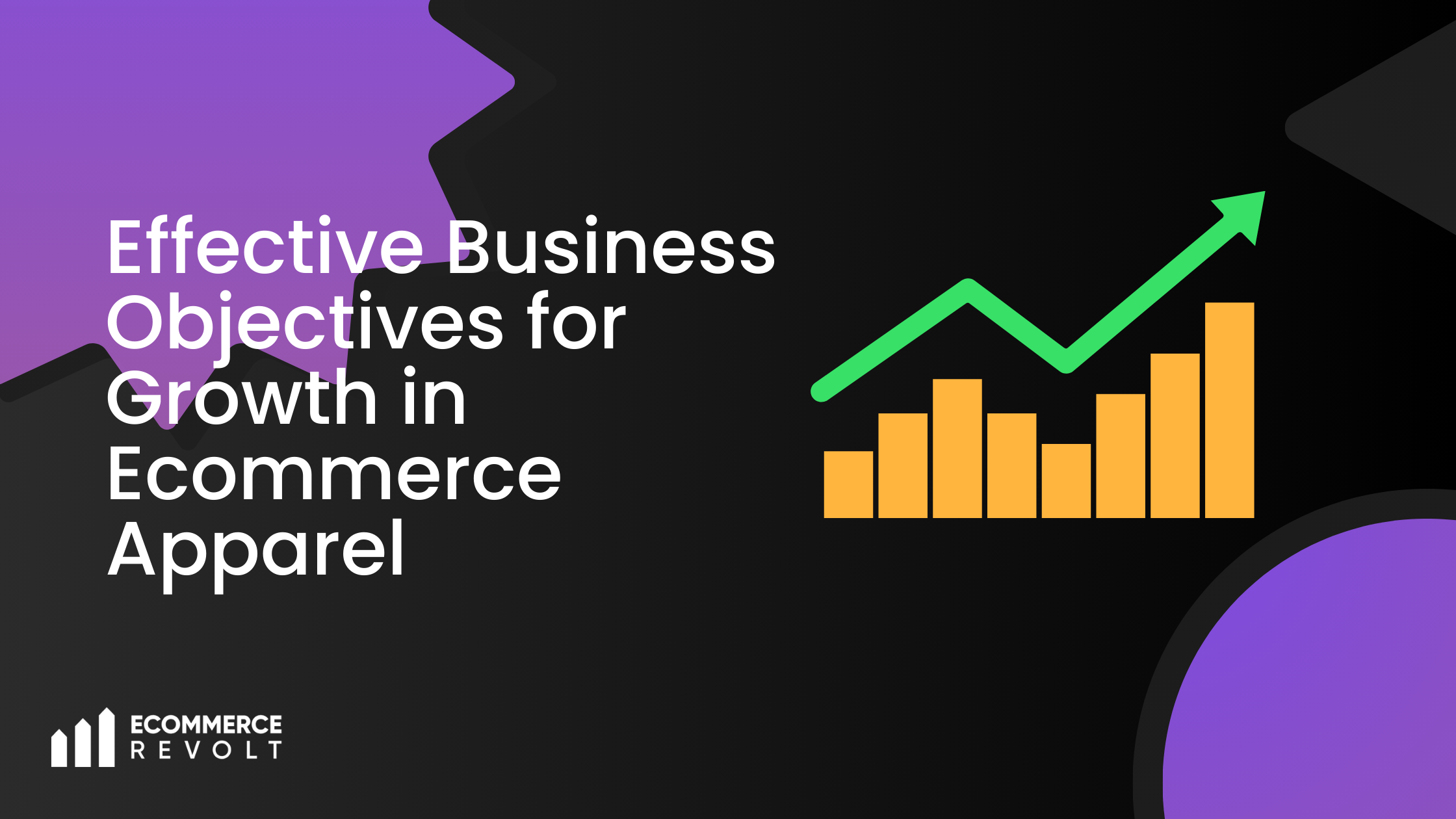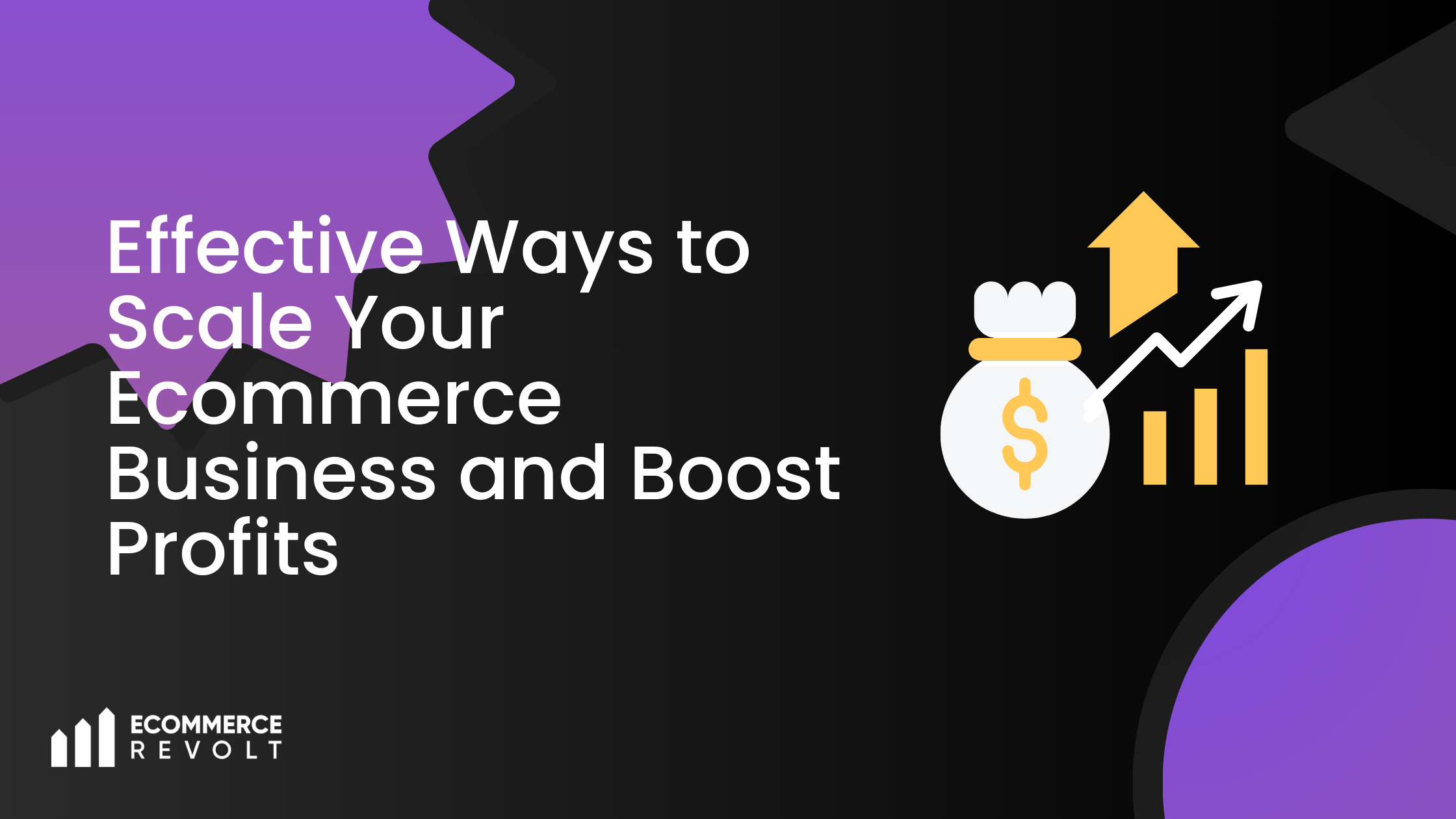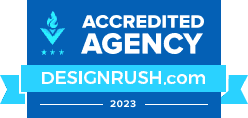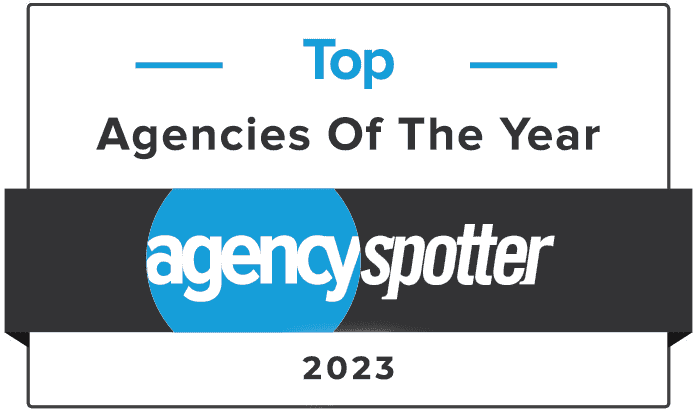The sad reality is that pages that allow customers to finalize payment hold the most importance for any e-commerce business. It is at this point that everything gets done or customers decide to leave their shopping carts filled with items and never return. Research estimates that 70% of customers shopping online leave their carts without completing the order. Wow.
On the bright side, however, the reverse does hold; a well-laid-out webpage allocated specifically for customers to complete their purchases can convert a sale that was almost lost into a satisfied customer. In case you are looking for samples of ecommerce checkout page layout designs or are looking for ways to simplify your ecommerce checkout experience, this guide is exactly what you need. Without any further adieu, let’s check out the best layouts for checkout pages that increase repeat and new customer conversions.
What Are The Practical Uses For Your Checkout Page Design
Just like every other page, your payment completion page has to be done well, but it also has to focus on the customer experience. A lot of people design their checkout pages and use an unconventional graphic interface hoping it boosts their brand appeal when in fact, it often leads to:
- Too many shopping carts left abandoned: Unclear designs, excessive fees, or an excessive number of clicks scare users away.
- Spend traps: If a potential customer views a poorly executed rest of the website, it gives off the impression that the brand is fake and unreliable which improves the chances of someone abusing spending limit features.
- Sales that should have been captured are now missed: Customers will abandon their purchase if they have a difficult time finalizing it.
Put differently, an effectively designed checkout page can:
- Improve conversion rates: The shopper is likely to follow through with their purchase after having a satisfying experience.
- Establish trust: The consumer gets the assurance that their transactions are safe with a professional looking design.
- Create value for the customers: A good impression is captured with an optimistically smooth experience during the checkout process.
Ideal Checkout Pages Designs For E-Commerce Businesses
Thinking of redesigning your checkout pages? Take a look at some of the best layouts to guide your design process:
1. The One Page Checkout
This style involves bearing less structure to setup the layout. The one page model collar borrows from the one liner template and serves as the subject of note. The system encapsulates the whole checkout process within a single page.
How It Helps:
- Eliminates unnecessary steps that usually act as barriers.
- Avoids distraction for the customers, enhancing likelihood of accomplishing the purchase.
Ideal For: Stores operating on small and medium scales with simple processes.
Suggestions: Display progress indicators to inform customers which stage they are.
2. The Multi-Step Checkout
This method divides the entire process into manageable portions; if a customer wishes to pay, they’ll first be prompted to fill in their shipping address first, then the next step would be the payment followed by reviewing the order.
How It Helps:
Easier to navigate for users who may find difficulty with intricate systems.
Ideal For: Stores with intricate transactions or various shipping possibilities.
Suggestions: A simple progress bar to show which steps remain in the process could enhance the user experience.
3. The Side by Side Layout
The Summary for the order and checkout form are laid out adjacent to each other.
Why It Works:
Keeps order summary in sight and hence reduces chances of errors.
Saves space and gives the layout a clean and tidy look.
Best For: Stores with many products or customizable orders.
Pro Tip: Order summary is the ideal place to showcase discounts or free shipping ads.
4. Guest Checkout
Not all customers are eager to signup for an account. A guest checkout enables them to buy without registering.
Why It Works:
- First time buyers or those a bit skeptic find it easier.
- Reduces the time spent on the checkout.
Best For: Stores having a new customer base.
Pro Tip: Provide a reward like a discount on first order for signing up after losing interest in the checkout process.
5. Mobile Optimization of the Checkout
With the increase in shoppers using their phones, optimized mobile checkouts are required.
Why It Works:
- Users on mobiles receive uninterrupted service.
- Decreases the chances of cart abandonment on smaller screens.
Best For: All stores but especially those with high mobile traffic.
Pro Tip: Large buttons and design and auto fill fields should be used for mobile user to enhance experience.
6. The Upsell and Cross-Sell Checkout
Includes product or service suggestions before finalizing a purchase.
Why It Works:
Add-on products increase order value.
Improves customer satisfaction through personalized services.
Best For: Stores that sell bundling options or premium services.
Pro Tip: Do not make upsells too aggressive because it can annoy customers.
7. The Trust-Building Checkout
This layout incorporates the use of badges and testimonials to convey security and trust.
Why It Works:
- Makes customers more comfortable that their information is protected.
- Increases your customer’s trust in your company and products.
Best For: New companies or brands that are not very popular.
Pro Tip: Trust badges such as SSL encryption should be visible to everyone now as they are only visible on mouse over.
6 Best Practices for Optimizing Checkout Page Layout
Regardless of the layout you select, ensure that the following components are included on your checkout page:
- CTAs: There are clear CTAs such and “Place Order” or “Complete Purchase” that stand out.
- Payment Methods: Accept a wider range of payment options such as credit cards, PayPal, the user’s preferred service.
- Pricing: Be sure to include the full cost including shipping and taxes beforehand.
- Order Confirmation: List most details of the order made such as the ordered goods and the total value.
Final Thoughts: Your Check Out Page is Your Last Word
Your check out page is more than just a transactional step. It is your last chance to wow your customers and close the sale. Selecting the right layout and optimizing for usability can greatly reduce cart abandonment, increase conversions, and build a customer-centric checkout experience.
Ultimately, what are you waiting for? Look critically at your check out page, implement these layouts, and your sales will continue to increase.

